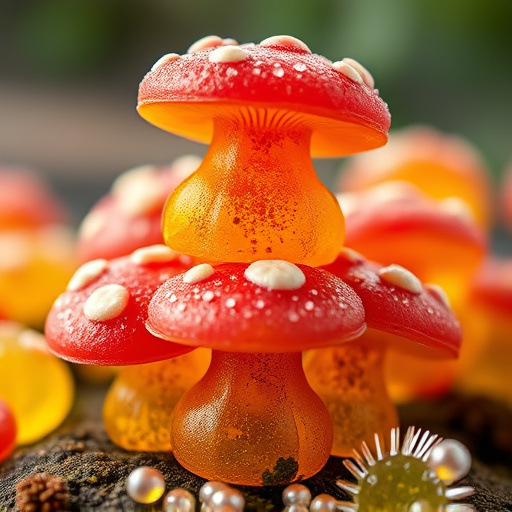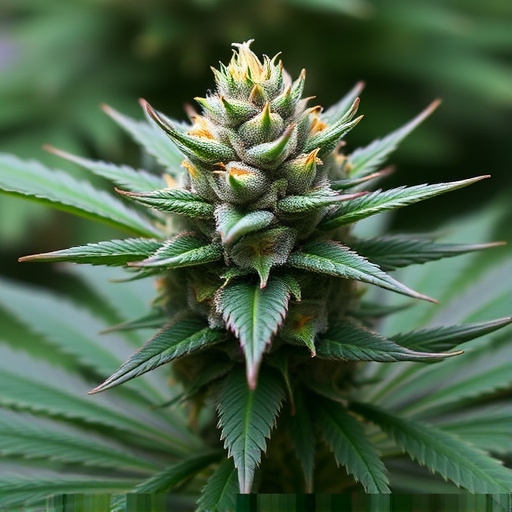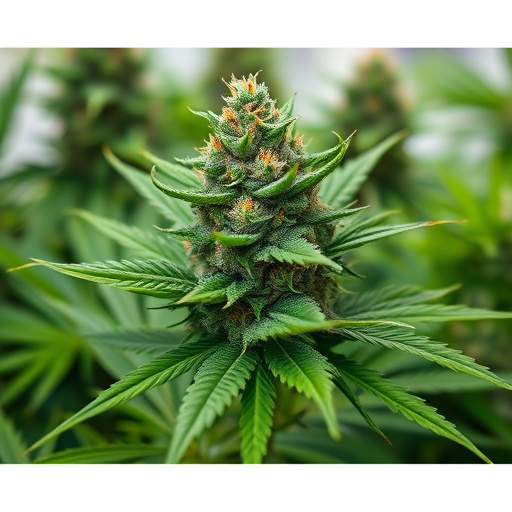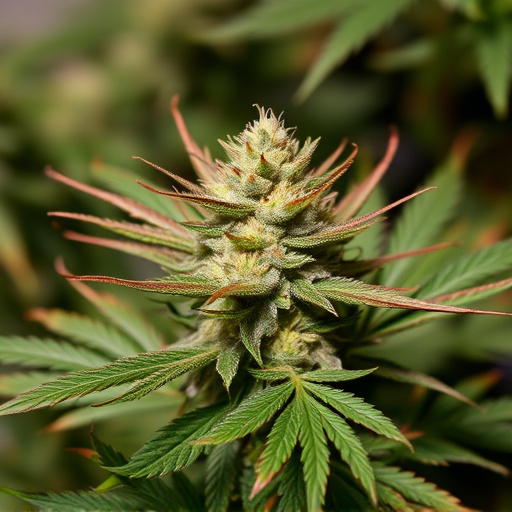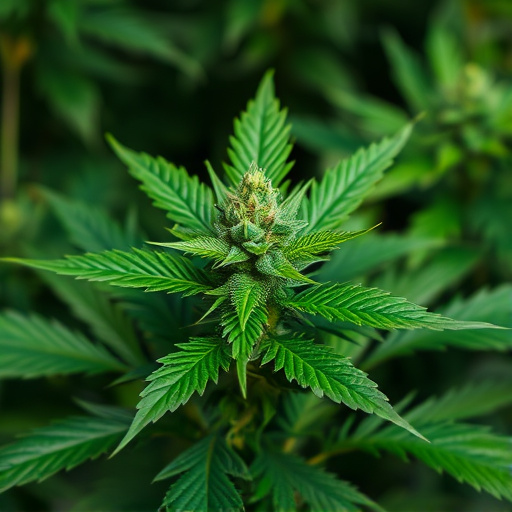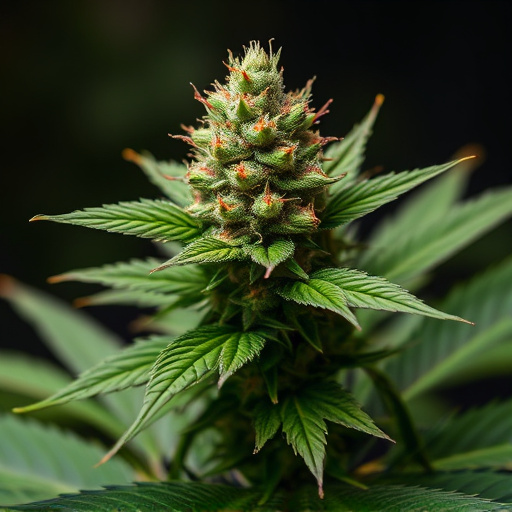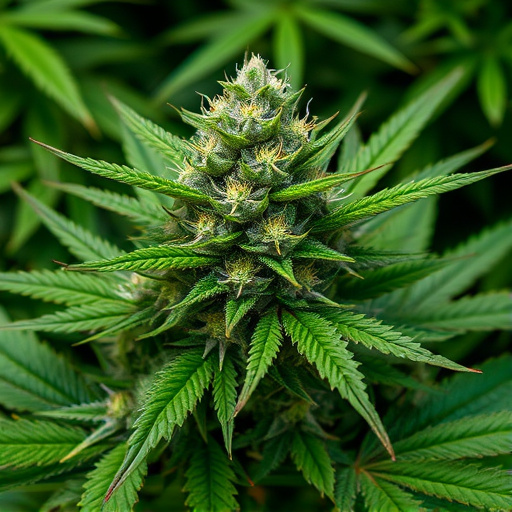Drug testing for THC has become widespread across various sectors, aiming to verify substance use and ensure compliance. High THC cannabis strains, known for their potent effects, contain elevated levels of tetrahydrocannabinol (THC) and its metabolites, which can accumulate in adipose tissue due to their fat-soluble nature. This leads to delayed positive test outcomes, with detection windows varying based on usage frequency, metabolism, and quantity consumed. In regulated industries or legal contexts where drug testing is mandatory, understanding the extended detection periods of high THC strains is crucial for accurate interpretation of results. To pass tests, individuals can increase water intake, use detox supplements, maintain a nutrient-rich diet, and avoid further consumption of high THC cannabis strains during preparation periods.
Weed can linger in your system, causing anxiety about drug tests. Understanding how cannabis, especially high THC strains, shows up in tests is crucial. This article breaks down the science behind drug testing and cannabis metabolites, explores the impact of potent high THC strains, and offers strategies to mitigate their effects. If you’ve consumed cannabis, learn how these factors influence test outcomes and what steps you can take to pass with confidence.
- Understanding Drug Testing and Cannabis Metabolites
- High THC Strains: Potency and Detection Time
- Mitigating the Impact: Strategies for Passing Drug Tests After Consumption
Understanding Drug Testing and Cannabis Metabolites
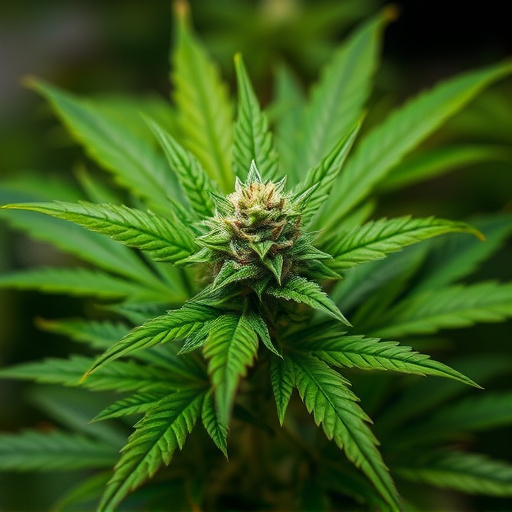
Drug testing has become an integral part of various settings, from workplace safety to legal proceedings, aiming to detect substance use and ensure compliance with regulations. One compound that often raises questions in these tests is THC (tetrahydrocannabinol), the primary psychoactive component of cannabis. High THC cannabis strains, known for their potent effects, contain elevated levels of this metabolite, making them a focal point in drug screening processes.
THC and its metabolites, such as 11-hydroxy-THC (11-OH-THC), are fat-soluble, meaning they can accumulate in the body’s adipose tissue. This results in a delay between cannabis consumption and positive test outcomes, with detection windows varying based on factors like frequency of use, metabolism, and the amount consumed. Understanding these metabolites’ behavior is crucial for accurate interpretation of drug tests, especially when dealing with high THC strains that can significantly impact the results.
High THC Strains: Potency and Detection Time
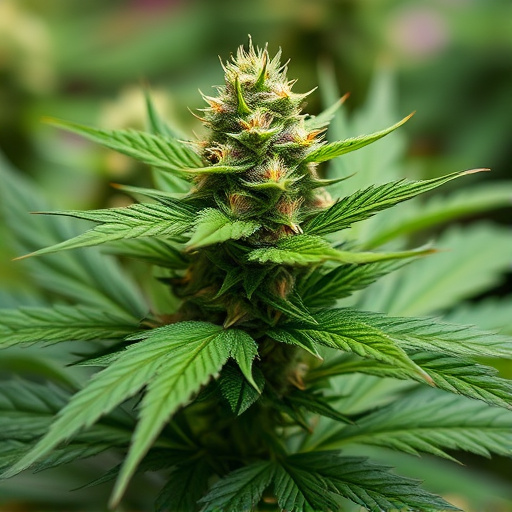
High THC cannabis strains have become increasingly potent over the years, with some varieties boasting THC levels exceeding 30%. This elevated potency significantly impacts drug testing as even trace amounts can trigger positive results. The higher the THC concentration, the longer it may remain detectable in an individual’s system.
Detectability periods vary depending on factors like frequency of use, metabolism, and the specific test method employed. However, heavy users of high THC strains could face prolonged detection windows, sometimes extending beyond several weeks. This is particularly concerning for individuals in regulated industries or those facing legal consequences, as a positive drug test can have significant repercussions.
Mitigating the Impact: Strategies for Passing Drug Tests After Consumption
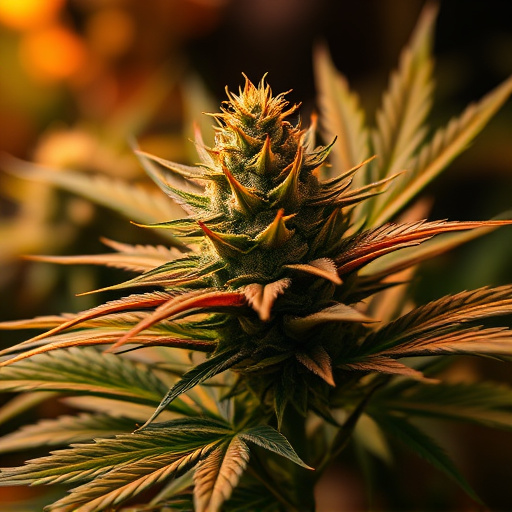
When it comes to drug tests, especially in workplaces or legal settings, the presence of THC, the active compound in cannabis, can be a cause for concern. However, there are strategies to mitigate its effects and pass these tests, even after consuming high THC cannabis strains. One effective approach is to understand the testing window. THC remains in the body for varying periods depending on frequency of use, metabolism, and body weight. Urine tests typically detect THC up to 30 days after consumption, while hair folicle tests can reveal THC use for up to 90 days.
Knowing this, individuals can plan accordingly. Increasing water intake can help flush out THC faster, while certain detox supplements claim to aid in eliminating it from the system. Additionally, maintaining a healthy diet rich in nutrients like omega-3 fatty acids and vitamins B and C might enhance metabolism, potentially reducing THC levels faster. Avoiding further consumption during this period is crucial to prevent increased THC concentrations, making passing future tests more likely.
While high THC cannabis strains offer potent effects, their presence in drug tests poses a challenge. Understanding how cannabis metabolites are detected and the varying detection times is crucial for those seeking to navigate these situations. By employing strategic mitigation methods, individuals can increase their chances of passing drug tests after consumption, ensuring continued freedom and access to opportunities without compromising their well-being or choices.

